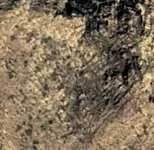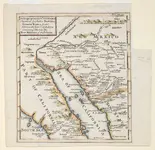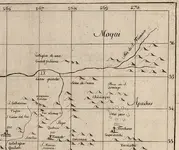somehiker
Silver Member
- Joined
- May 1, 2007
- Messages
- 4,365
- Reaction score
- 6,435
- Golden Thread
- 0
- Primary Interest:
- All Treasure Hunting
Fr. Keller it so happens, was the leader of the ill fated expedition of 1753, northward from the Gila/San Pedro area,which was attacked by the Apache.
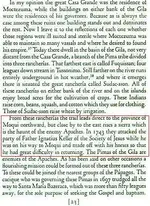
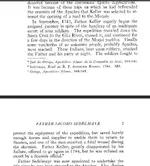
http://uair.library.arizona.edu/system/files/usain/download/azu_bv3705_s38_m55_1936_w.pdf
From https://books.google.ca/books?id=Jg...ge&q=Keller's expedition to the moqui&f=false
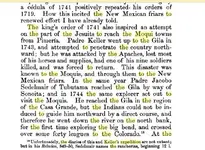
By the description given, someplace very close to the Superstition Mountains.
At night, so probably at or near water.....Queen Creek ?
Is this when the stones were lost or buried......the 5 smaller Tumlinson "rocks" of course....
Or at least some of the items, religious or.....?, that were intended for the proposed mission amongst the Moqui.
Fr. Keller was not around for the Expulsion, and was reported to have died while visiting a sick Pima in the north.
"The seemingly indestructible Keller of Suamca, after enduring the hardships of service on the New Spain frontier for nearly three decades, died some time after mid-August of 1759. Ailing, he had hastened to the side of a Pima of the north who was in danger of dying without confession. In doing so, the zealous Padre, evidently aware that he himself was near death, forsook the comfort of spending his last moments in the company of Europeans. Instead, by this final act, Father Keller demonstrated one of the noblest justifications for spending one’s life as a missionary: “It is more blessed to give than to receive.” "
As it says in the footnote above, Fr. Keller's notes and account of the expedition are lost.
Fr. Polzer would have liked to have had them as well......
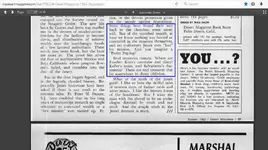
Perhaps they remain with Keller......wherever it is that he now rests in peace.


http://uair.library.arizona.edu/system/files/usain/download/azu_bv3705_s38_m55_1936_w.pdf
From https://books.google.ca/books?id=Jg...ge&q=Keller's expedition to the moqui&f=false

By the description given, someplace very close to the Superstition Mountains.
At night, so probably at or near water.....Queen Creek ?
Is this when the stones were lost or buried......the 5 smaller Tumlinson "rocks" of course....

Or at least some of the items, religious or.....?, that were intended for the proposed mission amongst the Moqui.
Fr. Keller was not around for the Expulsion, and was reported to have died while visiting a sick Pima in the north.
"The seemingly indestructible Keller of Suamca, after enduring the hardships of service on the New Spain frontier for nearly three decades, died some time after mid-August of 1759. Ailing, he had hastened to the side of a Pima of the north who was in danger of dying without confession. In doing so, the zealous Padre, evidently aware that he himself was near death, forsook the comfort of spending his last moments in the company of Europeans. Instead, by this final act, Father Keller demonstrated one of the noblest justifications for spending one’s life as a missionary: “It is more blessed to give than to receive.” "
As it says in the footnote above, Fr. Keller's notes and account of the expedition are lost.
Fr. Polzer would have liked to have had them as well......

Perhaps they remain with Keller......wherever it is that he now rests in peace.
Amazon Forum Fav 👍
Last edited:



